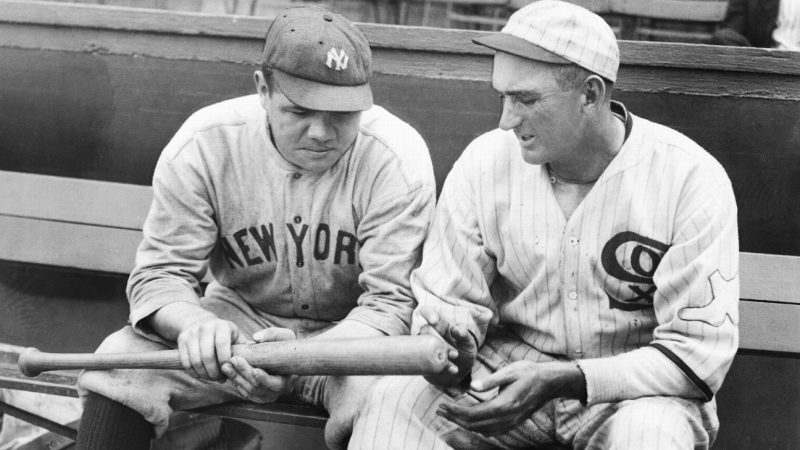
The recent buzz around ‘torpedo bats’ in MLB has sparked a fascinating look back at the evolution of this crucial piece of equipment. It’s a story spanning centuries, from rudimentary sticks to the high-tech marvels of today. Baseball’s relationship with its bats has always been a deeply personal one, with players meticulously choosing their tools based on size, swing, and desired playing style.
Early baseball was a wild west of experimentation. Bats varied wildly in weight, length, and even the shape of the knob. Legends like Nap Lajoie, with his double-knobbed bat, and Wee Willie Keeler, with his oversized baton, highlight the diversity of the era. Power wasn’t the primary focus; bat control and bunting were king. Even after regulations were introduced, experimentation continued, with unique shapes like Heinie Groh’s ‘bottle bat’ emerging.
The arrival of the Louisville Slugger marked a turning point. The company’s legend, born from a broken bat and a teenage woodworker, transformed bat-making into a major industry. Honus Wagner, an early endorser, cemented the Louisville Slugger’s place in baseball history for over a century. But the bat-making world has become more competitive in recent years, with Victus and Marucci gaining prominence.
The thinning of bat handles, particularly popularized by Babe Ruth, significantly impacted the game. Ruth’s powerful swing, facilitated by a thin handle, helped usher in the era of power hitting. This shift was further influenced by Ted Williams’ meticulous approach, including his innovative (and secret!) bat-heating technique. He understood the impact of even minor weight changes on performance.
Cheating, unfortunately, has also played a role in bat history. From the infamous George Brett pine tar incident to the more bizarre tales of corked bats and even Superballs hidden inside, the pursuit of an edge has led to some creative (and often illegal) modifications. The stories of these incidents are as captivating as they are cautionary.
Barry Bonds’ dominance in the early 2000s brought maple bats to the forefront. His preference for maple, due to its durability, shifted the industry landscape. The subsequent rise in popularity, however, led to concerns about the dangerous shattering of maple bats, prompting manufacturing improvements.
The recent introduction of torpedo bats represents the latest chapter in this ongoing saga. While their long-term impact remains to be seen, they showcase the continuing interplay between data analysis, manufacturing innovation, and individual player preferences. The evolution of the baseball bat is a testament to the sport’s constant evolution and the enduring quest for a competitive advantage.
Ultimately, the story of the baseball bat is one of continuous innovation and adaptation. From the simple sticks of the early days to the technologically advanced bats of today, the search for the perfect swing continues, shaping the game we know and love.










